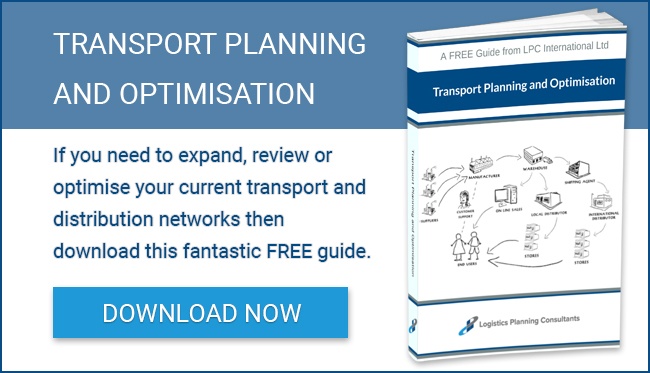
Transport is both a critical element of the end to end supply chain as well as a major overhead. Any flaws or inefficiencies result in a range of negative outcomes from loss of competitiveness to a drain on finances that can pose a significant risk to the business if not remedied. Constant measuring and optimisation is the surest defence. On the positive side, optimisation is also an attack tool, increasing efficiency, competitiveness and service levels while contributing directly to the bottom line through reduced operational overhead. What’s not to like about that?
Operational Areas That Benefit From Transport Planning Optimisation
For manufacturers, assessing supply chain production at the same time as solving transport planning problems boosts the efficiency of both. More and more manufacturing companies benefit from integrating production and transport planning to optimise both. The same applies to non-manufacturing distribution companies – the identical factors are at play that impact on costs and service levels either positively or negatively. The benefits enable companies to:
- Protect customer contracts and SLAs
- Optimise capacity and utilisation
- Maximise revenues, benefits, service levels, flow and safety inventory levels
- Minimise costs and backorders
Dynamic Factors That Impact On Transport Efficiency & Costs
The labour, vehicle and road user regulatory landscape is changing all the time. Such a dynamic environment requires constant monitoring to detect and incorporate new variables as they emerge. Of course, the impact of such events as Brexit cannot be well planned for in advance until the facts are expressed in concrete terms with definite dates and regulatory changes. On the other hand, fuel pricing changes seem to occur overnight in some instances while staff issues such as sickness and attrition can cause an impact with zero notice.
This is where a suitable computerised system can ease the burden of adjusting to change.
Modelling Software
The range of routing and scheduling systems available is vast, as this application was one of the first to be computerised over 50 years ago. Therefore it is a mature branch of application software. They all depend on accurate and available quantitative data for costs, inventory and customer service.
The sheer volume of options can be confusing to the uninitiated. Essentially, there is a modelling approach for the majority of supply chain scenarios focusing on company size, industry or market sectors. A system that is a good match for your company will greatly help to:
- Reduce mileage and hence fuel consumption and CO2 emissions
- Optimise capacity
- Improve customer service levels
- Reduce planning effort
- Extract greater efficiency
- Interface with tracking
- Spotlight KPIs
Essentially, they aim to deliver minimum cost flow solutions, while taking into account the parameters and constraints of a company’s particular network and fleet.
Modelling Approach
They utilise mainly integer linear programming with heuristic algorithms and metaheuristics, with some nonlinear, multi-objective or fuzzy programming. Simulation tools are often used to complement the mathematical models for planning production, distribution and inventory operations. The objective of most models is to minimise total supply chain costs and even maximise revenues to a lesser extent.
Computer modelling can also identify and fine tune your optimum logistics network. For example, it can model the financial impact of closing or opening a location or multiple locations for a scenario of rationalising or expanding warehouses.
Transport Planning Optimisation Process
A supply chain consultant will bring invaluable knowledge and expertise to assessing this process. The experiences of other firms and industries may well provide new insights to your own operation. The critical first step is to generate a deep understanding of a company’s operational model and its supply chain network. For pointers to achieving that, download our free Transport Planning & Optimisation Guide.


